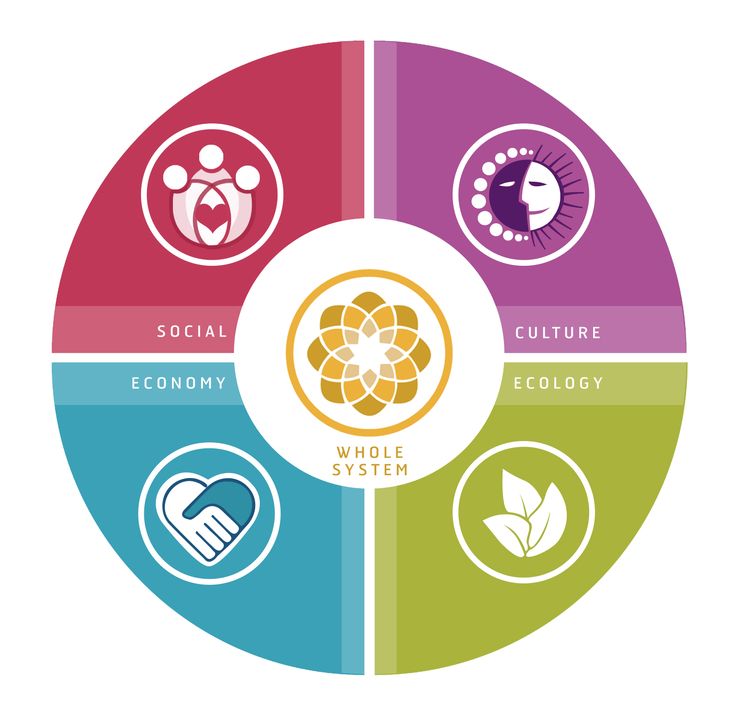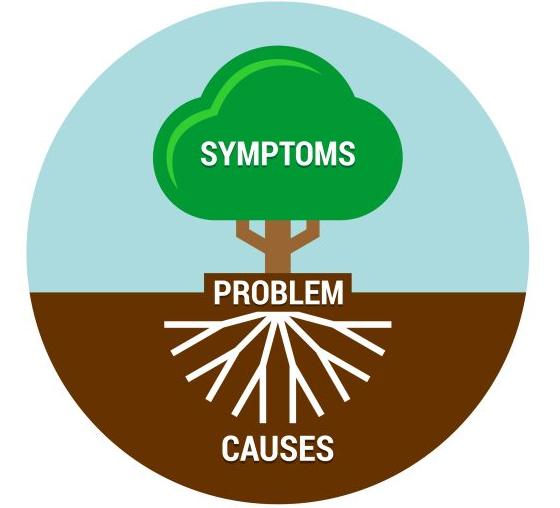What Are Embedded Emissions?
As mentioned in our transport section, ICEVs are beginning to be phased out in favour of EVs. The batteries required to power these electric vehicles have large material requirements – ‘For example, a single lithium-ion electric vehicle battery pack (a type known as NMC111) uses around 16kg of lithium, 46kg of nickel, 46kg of cobalt and 43kg of manganese’[1]. Therefore resulting in high c02 emissions from mining, transport, manufacturing during the start of the life cycle as well as recycling, deconstruction and disposal emissions at the end of the cycle. However, this is still not a point against EVs since for ‘electric cars and solar power, even the dirtiest batteries emit less CO2 than using no battery at all’ , just something that must be considered and mitigated[1].
These intrinsic emissions are known as embedded emissions and efforts must be made to minimise them to reduce the environmental impacts of EVs further[2][3]. If not properly handled, the transition from ICEVs to EVs and alternative fuel vehicles will have heavy environmental costs and could be seen as an example of environmental problem shifting – described below. This is because we are not handling the root issues, unless we also our transition our mindset from viewing personal vehicles as a right to seeing them as a privilege that should only be used when there is no other alternative[2][3].

Source, Vectorstock [7]

Source, Pintrest [8]
Environmental Problem Shifting
Environmental problem shifting is an unintended consequence of an attempt to fix an environmental issue which inadvertently creates a completely new issue in a related capacity[4][5]. Due to the complex nature of environmental issues, problem shifting can be a difficult issue to avoid resulting from a range of planning shortcomings. The first shortcoming is a consequence of the difficulty of designing solutions holistically – which refers to considering how solution affects the whole system[5]. Natural environments are multifaceted with a very delicate balance, so one misguided attempt to help one aspect can completely screw up a different part of the ecosystem[6]. Therefore, to help avoid environmental problem shifting and make smarter efforts we must consider the whole system and attempt – as best as we can – to predict all consequences to the surrounding environment.[4][5]

Environmental Problem Shifting Continued
The second failure of planning that can cause problem shifting is not attempting to the solve the root issue. Problem shifting is much more likely when planners attempt to solve issues that are secondary and actually caused by a much deeper issue. Additionally, the idea of a trade-off – by substituting one environmentally expensive process/material or action with another, deemed to be more acceptable. This is usually because the root issue would be too difficult, time consuming or unfeasible to solve. When it is unfeasible to solve the true issue, a solution that causes problem shifting, is not a real solution so steps must be taken to avoid this[2][3].
How can we avoid problem shifting?
To avoid problem shifting, solutions must be comprehensive, well researched and data backed while also being adaptable. This means:
- Evaluating full life cycle impacts
- Considering both environmental and social factors
- Targeting the real issue and not secondary resulting issues

Source, AlternaCare [9]
Get in Touch with Us!
We’d love to hear from you. Whether you have feedback, suggestions, or want to share insights related to sustainability and environmental truth, your voice matters. At Earth Athenaeum, we believe in open dialogue and collaboration to uncover and explore the realities behind green initiatives and corporate claims.
If you have questions, ideas, or simply want to connect, feel free to reach out — we’re here to engage, listen, and learn together.
Reference List And Further Reading
[1] – Crawford I. How much CO2 is emitted by manufacturing batteries? [Internet]. MIT Climate Portal. MIT; 2022. Available from: https://climate.mit.edu/ask-mit/how-much-co2-emitted-manufacturing-batteries
[7] – trucks D. Dump trucks transporting coal to mining vector image on VectorStock [Internet]. VectorStock. 2021 [cited 2025 Mar 22]. Available from: https://www.vectorstock.com/royalty-free-vector/dump-trucks-transporting-coal-to-mining-vector-39688608
l
